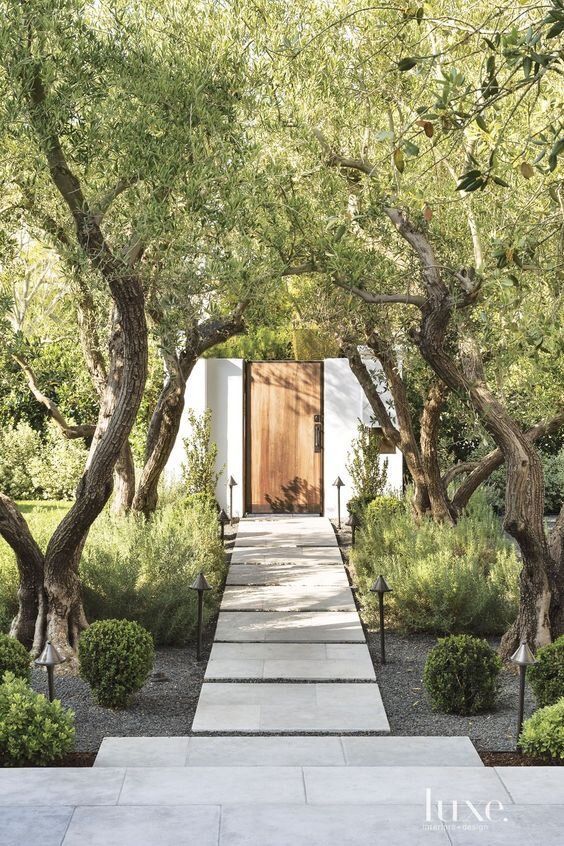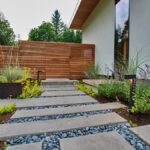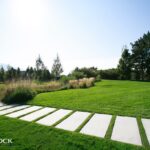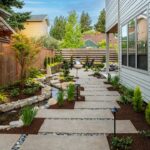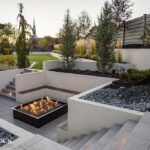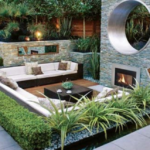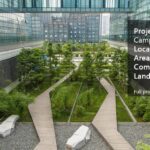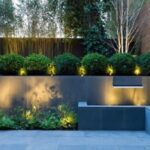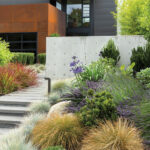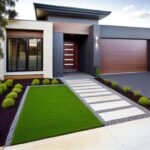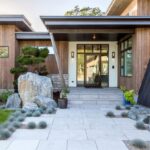Modern landscape design has evolved significantly in recent years, with a shift towards more sustainable and eco-friendly practices. This new approach combines innovation with environmental responsibility, creating outdoor spaces that are not only aesthetically pleasing but also functional and practical. One of the key trends in modern landscape design is the use of native plants and materials, which not only reduce the need for water and maintenance but also create a more harmonious and visually appealing design.
Another important aspect of modern landscape design is the incorporation of technology. From automated irrigation systems to smart lighting and outdoor speakers, technology plays a key role in creating a seamless outdoor experience. This integration of technology not only enhances the functionality of the space but also allows for greater flexibility and control over the design.
In terms of aesthetics, modern landscape design often incorporates clean lines, geometric shapes, and minimalist elements. This contemporary approach creates a sense of order and simplicity, while maintaining a sense of sophistication and elegance. The use of bold colors, textures, and materials adds depth and interest to the design, creating a dynamic and visually striking outdoor space.
One of the defining characteristics of modern landscape design is the integration of indoor and outdoor spaces. This trend blurs the lines between the interior and exterior, creating a seamless transition between the two. This approach not only expands the living space but also enhances the overall flow and connectivity of the design, creating a more cohesive and integrated outdoor environment.
Sustainability is a key focus in modern landscape design, with an emphasis on conserving resources and reducing environmental impact. This includes the use of permeable paving materials, rain gardens, and green roofs to manage stormwater runoff and reduce water consumption. Additionally, the incorporation of edible gardens and wildlife habitats adds a functional and ecological element to the design, creating a more sustainable and resilient outdoor space.
Overall, modern landscape design represents a new era of creativity and innovation in outdoor living. With a focus on sustainability, technology, and seamless integration with the natural environment, modern landscapes are not only visually stunning but also functional and practical. By embracing these contemporary trends, homeowners can create outdoor spaces that reflect their values and lifestyle, while also contributing to the overall well-being of the planet.
